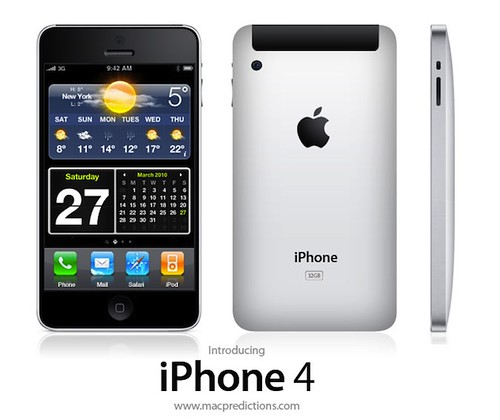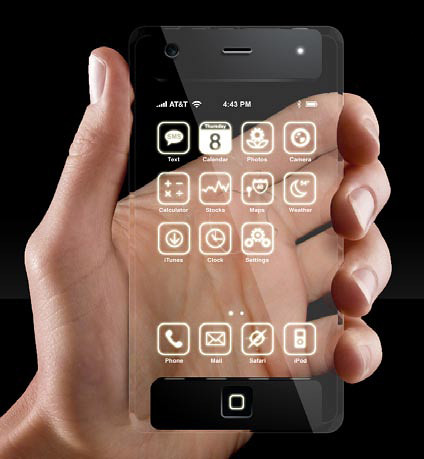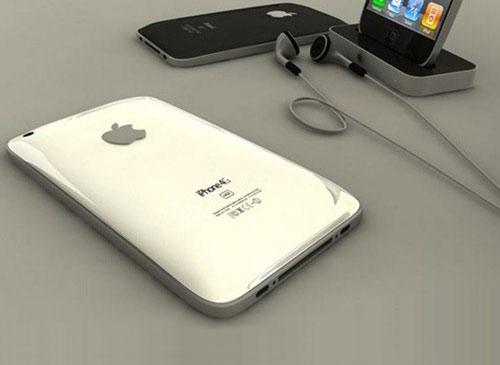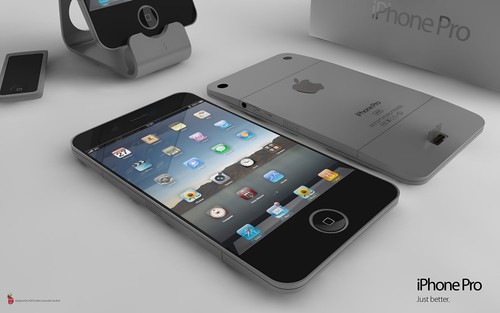The HTC One X is the new flagship Android smartphone from HTC. It has a 1.5 GHz dual-core Snapdragon processor running Android OS 4.0 (Ice Cream Sandwich) and HTC's Sense 4 user interface, this is the phone that really takes HTC to the next level. HTC One X also includes an amazingly fast 8MP camera that jumps from lock screen to photo ready in under a second. A large 4.7” 720p HD display allows you to enjoy vivid colours and sharpness while streaming video or browsing the web with LTE speeds.
The One X has a 4.7-inch, 1280 x 720 (720p) Super LCD screen with Gorilla Glass, and it looks gorgeous. Text is crisp and clear, photos are sharp, and videos play well without any ghosting. You won't find any pixels here, no matter how hard you stare, and even the default wallpapers look absolutely stunning.
The HTC One X is crafted from a single piece of polycarbonate plastic. Above the screen sits a 1.3-megapixel front-facing camera for video chats and vanity shots. Below the display are three capacitive buttons for back, home, and recent apps. On the phone's right side are controls for volume, and a Micro-USB port sits on the left. Up top are a tiny power button, a micro-SIM card compartment, and a 3.5mm headphone jack, while around back are the 8-megapixel camera and LED flash.
Much of the HTC One X's real power lies in its robust software and cheap HTC One X repair parts. Not only does this smartphone run the latest version of Google's Android OS, version 4.0 Ice Cream Sandwich, but also HTC has gingerly grafted its revamped Sense user interface on top. HTC says that Sense 4 meshes seamlessly with ICS' new abilities and strives to stay out of the way. Thanks to the fact the HTC One X is now using Android 4.0.4 (or Ice Cream Sandwich to you and me) the whole feel of the interface is much improved, with the new Roboto font making the appearance look much cleaner.
One of the best features of the HTC One X is the camera, and it certainly doesn't disappoint. The phone is equipped with an 8 megapixel camera on the back and a 1.3 megapixel one on the front. Besides staples like face detection, auto smile capture, and panorama, the One X has an HDR (High Dynamic Range) mode, which uses the handset's back-illuminated sensor to add shadow detail to what would otherwise be overexposed shots. Another one of the One X's handy skills is the ability to record video in up to full 1080p HD quality and grab 8MP stills either while the camera is rolling or when playing back movies later.
There's a lot to love about the HTC One X, and hardly anything to hate. There's the likes of integrated DropBox storage, Beats Audio enhancements and the upgraded music player. Plus the improved lock screen, the speedier internet browser and the camera that's among the most feature-rich on the market.







































